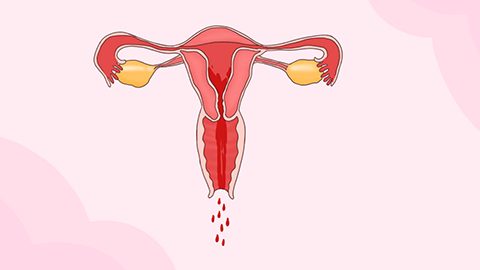What does "uterine incision diverticulum" mean?
Generally, a cesarean section scar defect (also known as a uterine niche) is an indentation or cavity formed at the site of a previous cesarean section or other uterine surgery due to poor wound healing. This condition represents an abnormal structure at the uterine scar site. Detailed analysis is as follows:

If the uterine scar defect is small and no obvious symptoms are present, women may not experience any abnormalities, with normal menstrual cycles, menstrual flow, and duration. In such cases, no specific treatment is usually required; regular follow-up examinations to monitor changes in the defect are sufficient. Since the defect does not significantly affect uterine function or women's health, it is important to avoid embryo implantation at the defect site during subsequent pregnancies.
When the uterine scar defect is large or symptoms are significant, women may experience prolonged menstruation, persistent menstrual bleeding, or vaginal bleeding outside the menstrual period. In severe cases, it may affect fertility and increase the risks of miscarriage, placenta accreta, and uterine rupture. At this stage, appropriate treatment should be determined based on individual conditions to alleviate symptoms and reduce reproductive risks.
There is no need to be overly anxious upon discovering a uterine scar defect. Prompt medical consultation and examination are recommended to formulate a suitable management plan based on the size of the defect, symptoms, and reproductive needs. It is also important to practice contraception and avoid unintended pregnancies in daily life.





